Contents
Sustainability is more than a buzzword—it’s a necessity.
Our food choices and how we produce what we eat directly impact the environment, public health, economic stability, and global equity. A truly sustainable food system nourishes people today while protecting the planet for future generations.
As the global population grows and climate challenges intensify, the way we grow, distribute, and consume food must evolve. It’s not just about eating healthier—it’s about transforming the entire system to ensure long-term resilience and fairness.
Why food matters in sustainability:
- Agriculture accounts for nearly one-quarter of global greenhouse gas emissions.
- Food production drives land degradation, water scarcity, and biodiversity loss.
- Diet-related diseases strain healthcare systems, while food waste contributes to hunger and resource waste.
Creating a sustainable food future requires a shift in both agricultural practices and consumer behavior—reducing environmental impact while improving human health outcomes.
🌍 What Is Sustainability, and What Does It Have To Do With Food?
“Sustainability” can be a broad and sometimes elusive concept—its meaning often depends on the context. But when it comes to food, sustainability becomes something tangible, vital, and deeply personal.
The most widely cited definition comes from the United Nations’ Brundtland Commission (1987), which states:
“Sustainable development meets the needs of the present without compromising the ability of future generations to meet their own needs.”
This definition reminds us that true sustainability is about long-term thinking—providing for people today while safeguarding resources for those who come next.
Environmental expert Jeffrey D. Sachs adds another layer, writing:
“Like all living species, humanity depends on nature for food and water, materials for survival, and safety from dire environmental threats… Yet we are doing a poor job of protecting the physical basis of our very survival.”
Why It Matters in Food
Our food system doesn’t exist in a vacuum. It relies on fertile soil, clean water, stable climate patterns, and thriving ecosystems. At the same time, how we farm, process, transport, and consume food deeply influences the planet’s health—and our own.
That’s why the Food and Agriculture Organization (FAO) defines sustainable diets as those that:
- Have low environmental impacts
- Support nutrition and food security
- Are culturally acceptable, affordable, and accessible
- Are nutritionally adequate and safe
- Respect biodiversity and ecosystems
- Optimize natural and human resources
In short: sustainability in food means meeting human needs—today and tomorrow—without destroying the systems that make those needs possible.
If our food supply harms the environment, it undermines the very resources that agriculture depends on. That makes sustainability not just an ideal—but a requirement—for any future food security.
🌱 Why Is a Sustainable Food Supply Important?
Today, over three billion people worldwide are malnourished—either undernourished or lacking access to essential nutrients. And many more eat diets that are calorie-rich but nutrient-poor. At the same time, the global population is on track to hit nearly 10 billion by 2050.
A sustainable food future means ensuring that this growing population has enough food to eat—and that the food is high in quality, nutrient-dense, and produced without depleting the planet’s resources.
The Anthropocene: Humanity’s Impact at Scale
We live in the Anthropocene—a geological era where human activity is the dominant force shaping Earth’s systems. Whether it’s climate, land use, water, or biodiversity, our actions have global consequences. Agriculture, in particular, is both a driver and a casualty of environmental change.
Agriculture’s Role in Global Environmental Change
- 🌍 Contributes ~30% of global greenhouse gas emissions
(with livestock alone accounting for 14.5%) - 🌾 Uses 40% of Earth’s land for farming
- 💧 Consumes 70% of global freshwater
- 🐾 Is the largest threat to global biodiversity
- 🌊 Leads to dead zones in oceans due to nutrient runoff
- 🐟 Overexploits fish stocks, with 60% fully fished and 33% overfished
These activities aren’t just harming the environment—they’re increasing the risk of catastrophic shifts that threaten food security, human health, and geopolitical stability.
The Bottom Line
Agriculture, in its current form, is not sustainable. It’s vulnerable to the very environmental changes it’s helping to create—like droughts, floods, and degraded soils. Without urgent reform, we risk missing global targets like the UN Sustainable Development Goals and the Paris Climate Agreement.
To ensure a livable future, we must rethink both what we eat and how we produce food—making sustainability not just a goal, but a necessity.
🥗 Healthy Diets From Sustainable Food Systems
While science has long shown a strong connection between what we eat and both human and planetary health, there’s historically been a lack of unified global targets for aligning diet and sustainability. That changed in 2019 with the release of the EAT-Lancet Commission Report.
This groundbreaking effort brought together 37 experts from 16 countries across diverse fields—nutrition, agriculture, economics, environmental science, and policy—to develop the first set of global scientific targets for healthy diets and sustainable food production.
Defining a “Safe Operating Space” for Food Systems
The EAT-Lancet Commission identified a “safe operating space”—a framework for feeding nearly 10 billion people by 2050 while:
- Promoting human health, and
- Staying within planetary boundaries (i.e., limits we must not exceed if we want a stable Earth system).
These two goals are deeply interconnected and must be pursued simultaneously.
🎯 Target 1: Healthy Diets
After evaluating decades of global nutrition research, the EAT-Lancet Commission introduced the “planetary health diet”—a dietary pattern designed to support both human health and environmental sustainability.
Importantly, this is not a rigid or prescriptive diet, but a flexible framework that can be adapted to diverse cultures, cuisines, and preferences around the world.
🥦 Key Features of the Planetary Health Diet:
- Emphasizes:
- A wide variety of vegetables and fruits
- Whole grains (e.g., oats, brown rice, quinoa)
- Legumes (e.g., beans, lentils, chickpeas)
- Nuts and seeds
- Unsaturated oils (e.g., olive, canola, avocado)
- Includes in moderation:
- Seafood and poultry
- Minimizes or excludes:
- Red and processed meats
- Added sugars
- Refined grains
- Starchy vegetables (like potatoes and cassava)
✅ Health Benefits:
According to the Commission, if the global population shifted to this pattern of eating, it could:
- Prevent millions of premature deaths
- Lower the risk of heart disease, diabetes, cancer, and obesity
- Improve overall dietary quality while reducing healthcare burdens
🌱 Target 2: Sustainable Food Production
To safeguard the planet, the EAT-Lancet Commission identifies critical environmental boundaries that our food production systems must respect. Today’s methods of growing, raising, and distributing food are major drivers of environmental degradation, and without urgent changes, we risk irreversible damage to Earth’s life-support systems.
🌍 Why It Matters:
Modern food production is fueling:
- Climate change
- Biodiversity loss
- Freshwater depletion
- Soil degradation
- Pollution from fertilizers
- Deforestation and habitat destruction
The Commission proposes staying within safe operating limits across six vital Earth system processes:
🛑 Six Environmental Boundaries for Food Systems:
- Climate change
→ Limit greenhouse gas emissions from agriculture and food production - Land system change
→ Restrict conversion of forests and natural habitats into cropland - Freshwater use
→ Ensure efficient and equitable water use, especially for irrigation - Biodiversity loss
→ Protect natural ecosystems and prevent species extinction - Nitrogen cycling
→ Reduce excessive use of nitrogen-based fertilizers - Phosphorus cycling
→ Prevent phosphorus overuse, which contributes to water pollution
⚖️ The Goal:
Shift food production systems so they nourish people while preserving the planet’s resilience for future generations. This requires innovation, cooperation, and policy change at every level—from local farms to global food supply chains.
🌍 A “Great Food Transformation” Is Necessary
Feeding nearly 10 billion people by 2050 in a way that’s both healthy and sustainable is one of the most urgent global challenges we face. The EAT-Lancet Commission stresses that the science is clear: we must act now, or risk disastrous consequences for people and the planet.
But the good news? This transformation is possible—through bold action, smart policies, and collective will.
🔁 The Path Forward: 5 Key Strategies
To launch this “Great Food Transformation,” the Commission outlines five science-based strategies for action at all levels—global, national, local, and individual:
1. 🥗 Shift to Healthy Diets Worldwide
- Reduce red meat and sugar intake by 50%
- Double intake of fruits, vegetables, nuts, and legumes
- Create policies that improve access and affordability of nutritious foods
- Disincentivize unhealthy, unsustainable food choices
2. 🌾 Reorient Agricultural Priorities
- Shift from high-volume monocrops to diverse, nutrient-rich crops
- Align agricultural production with human health and planetary needs
3. 🚜 Intensify Food Production Sustainably
- Improve yields using technology and innovation
- Reduce input use (water, fertilizers, energy)
- Protect soil, water, and biodiversity
- Increase carbon sequestration on farms
4. 🌊 Strengthen Land and Ocean Governance
- Halt deforestation and overfishing
- Protect biodiversity and ecosystem services
- Promote coordinated global action on land and marine stewardship
5. 🍽️ Halve Food Loss and Waste
- Cut food waste by 50% in line with UN goals
- Use smart tech, public campaigns, and policy tools
- Improve storage, transport, and consumer education
📘 Want to Go Deeper?
Explore the full EAT-Lancet Commission Report:
📄 Food in the Anthropocene: the EAT-Lancet Commission on healthy diets from sustainable food systems
You’ll also find practical briefs for:
- 🌆 Cities
- 🏛 Policymakers
- 🚜 Farmers
- 🍴 Food service professionals
- 🩺 Healthcare professionals
- 💬 Everyday individuals
✅ The Bottom Line
Creating a healthy and sustainable food system is no longer optional—it’s essential. This transformation requires collective action from governments, businesses, communities, and individuals alike.
What we choose to eat drives what food is produced. That means shifting our diets is key to reshaping the food system. Embracing primarily plant-based eating patterns can significantly improve both human health and the health of the planet.
Ultimately, what’s good for the Earth is good for us too. Small, mindful changes at the individual level—when multiplied across billions of people—can lead to a more resilient, equitable, and sustainable future for all.


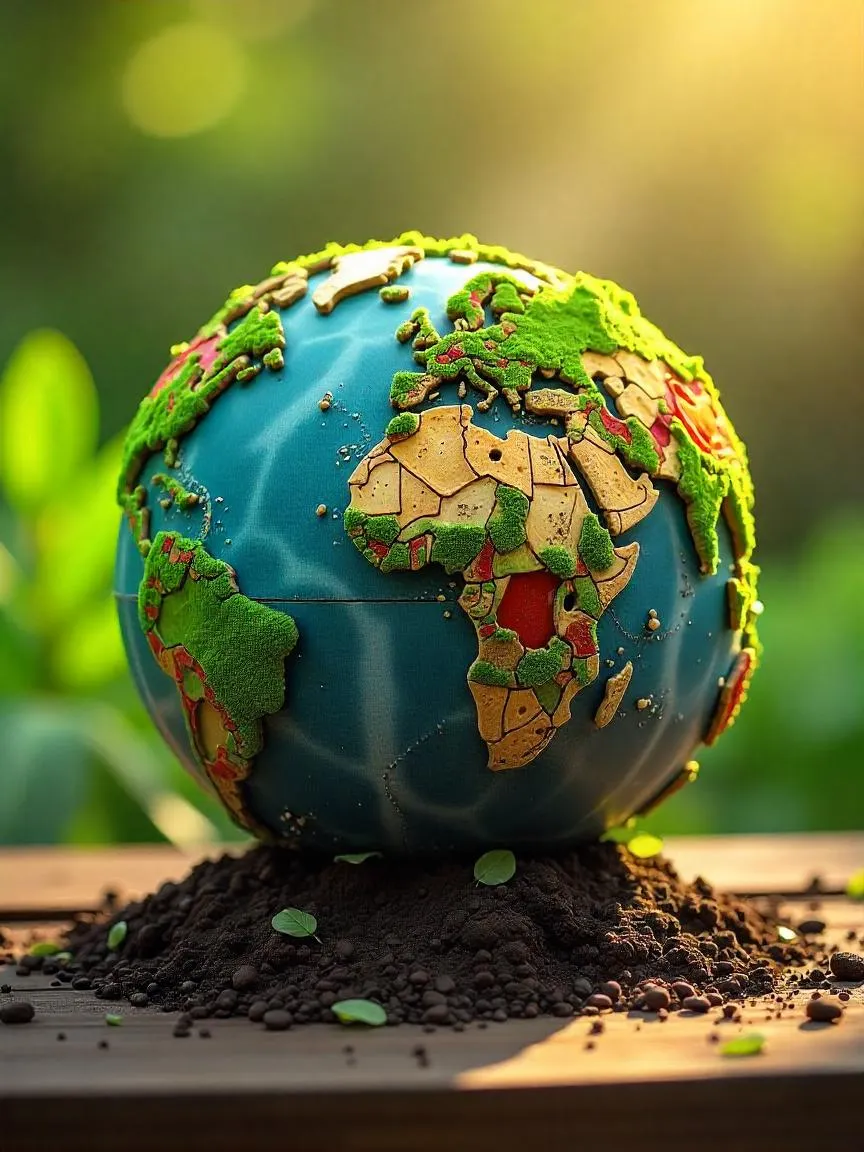
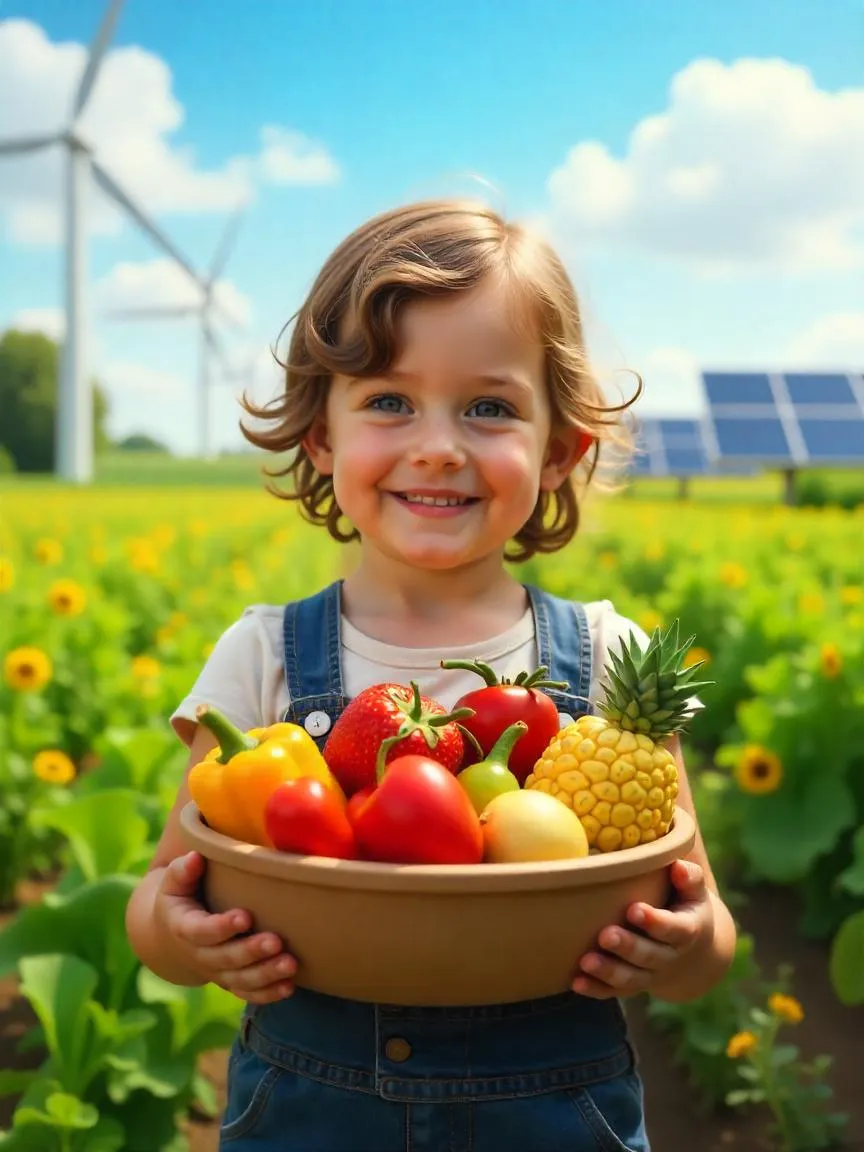
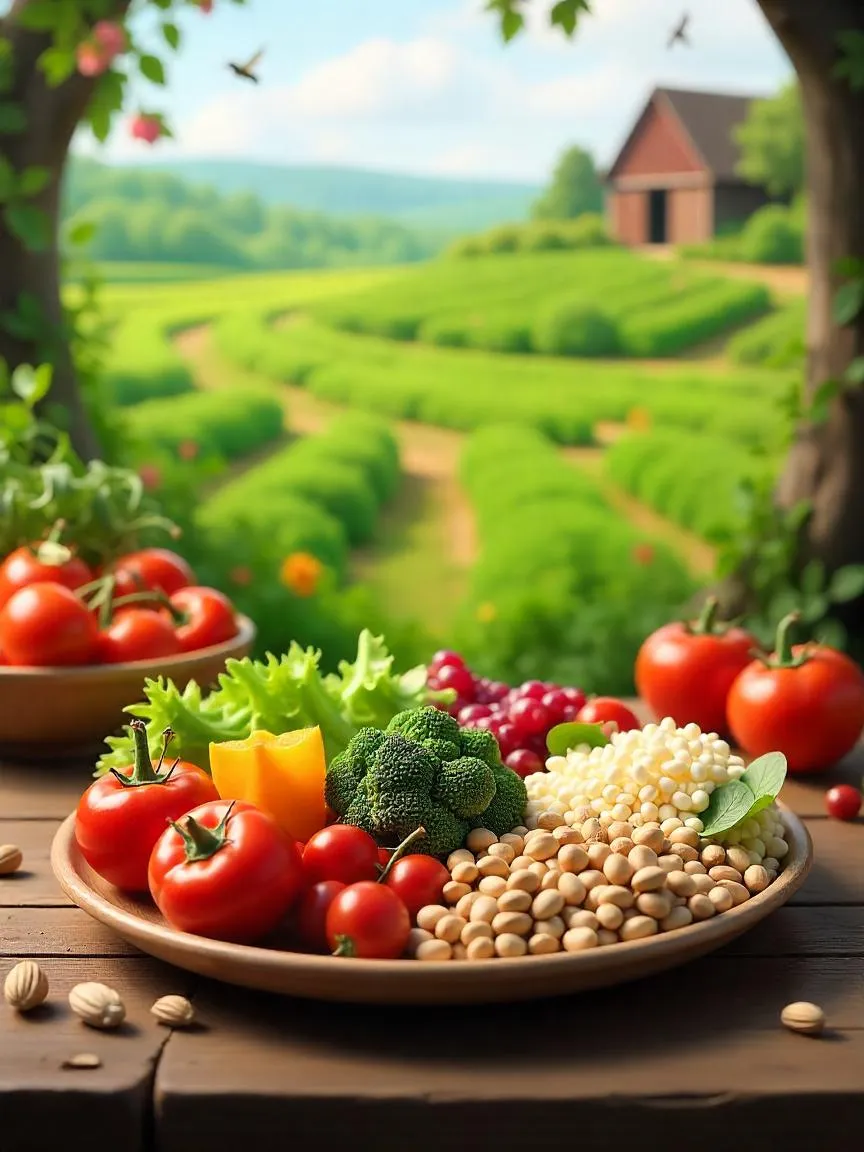
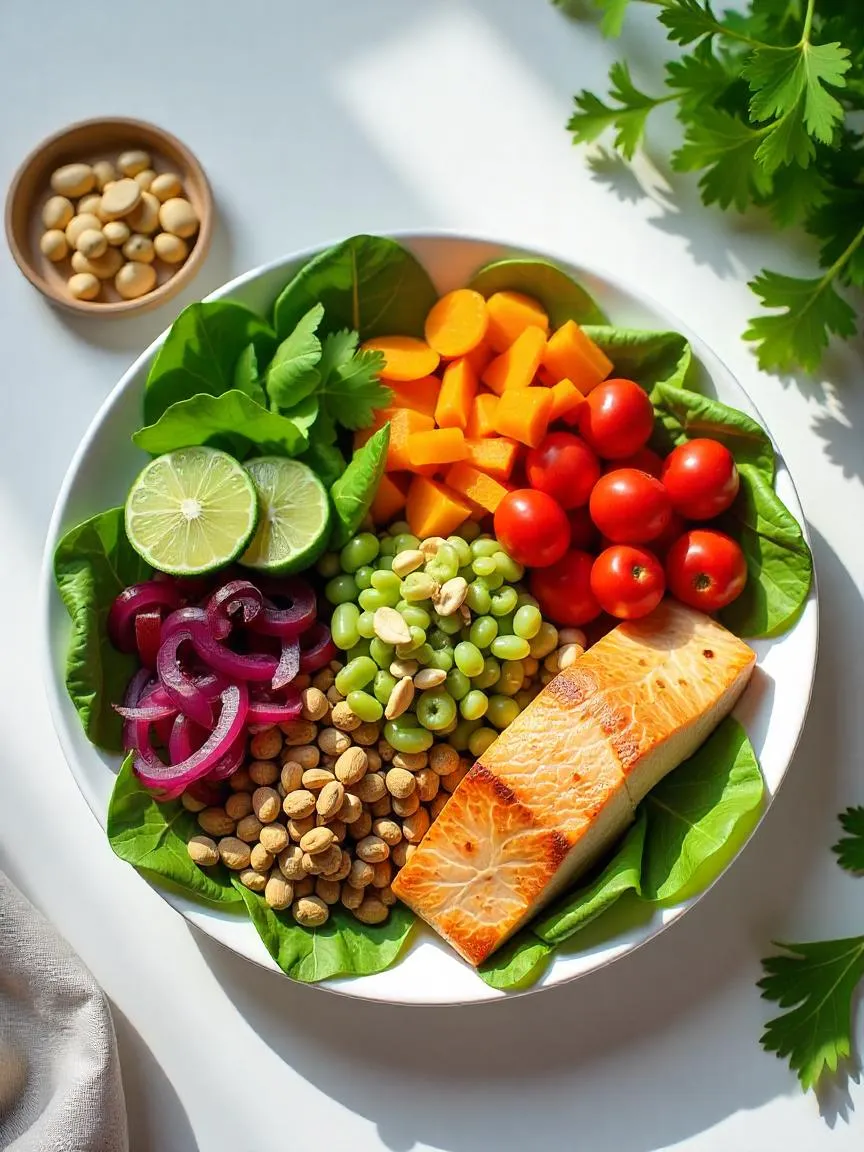
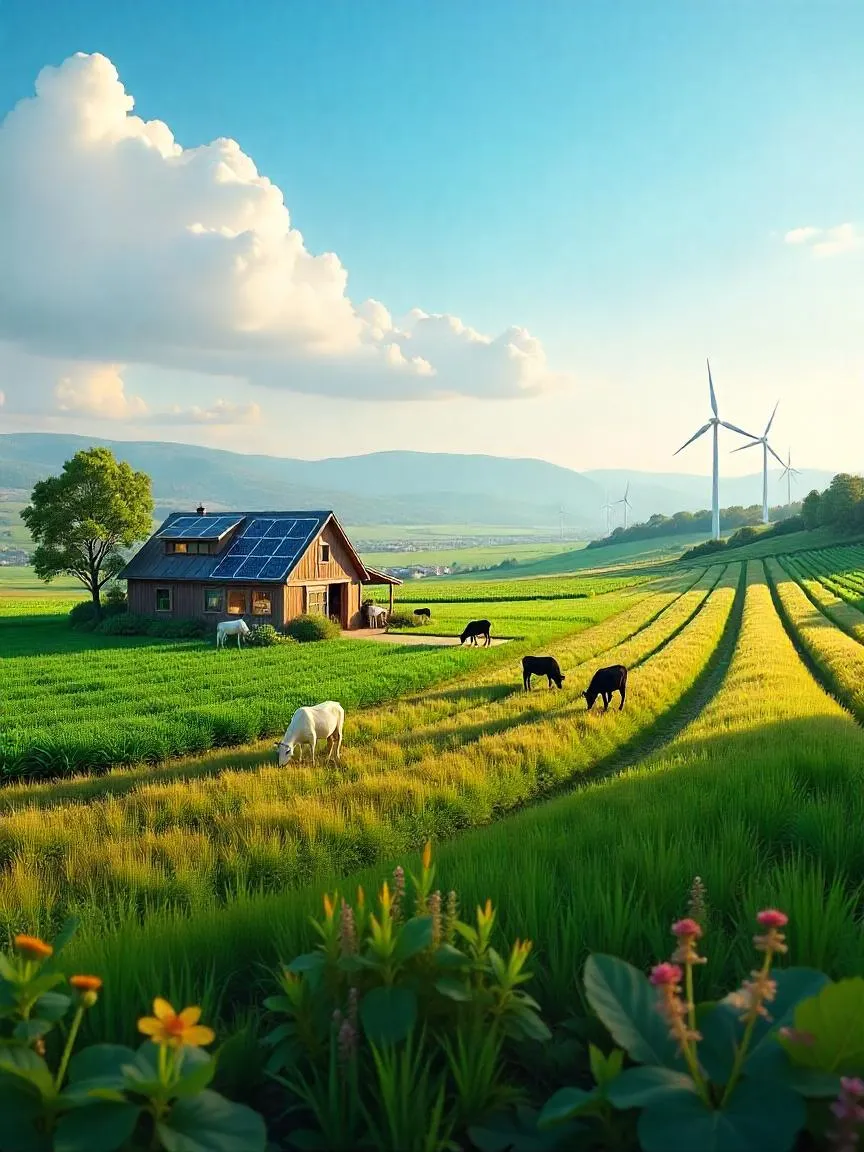
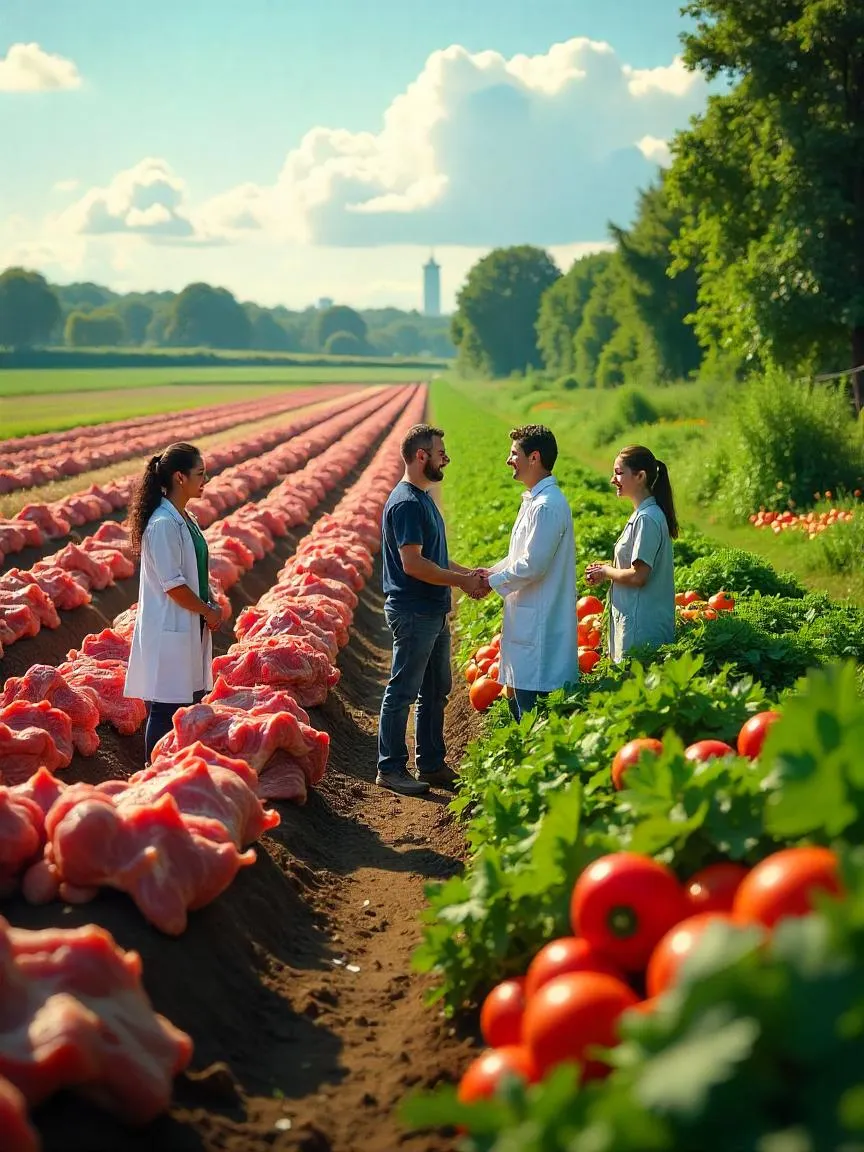
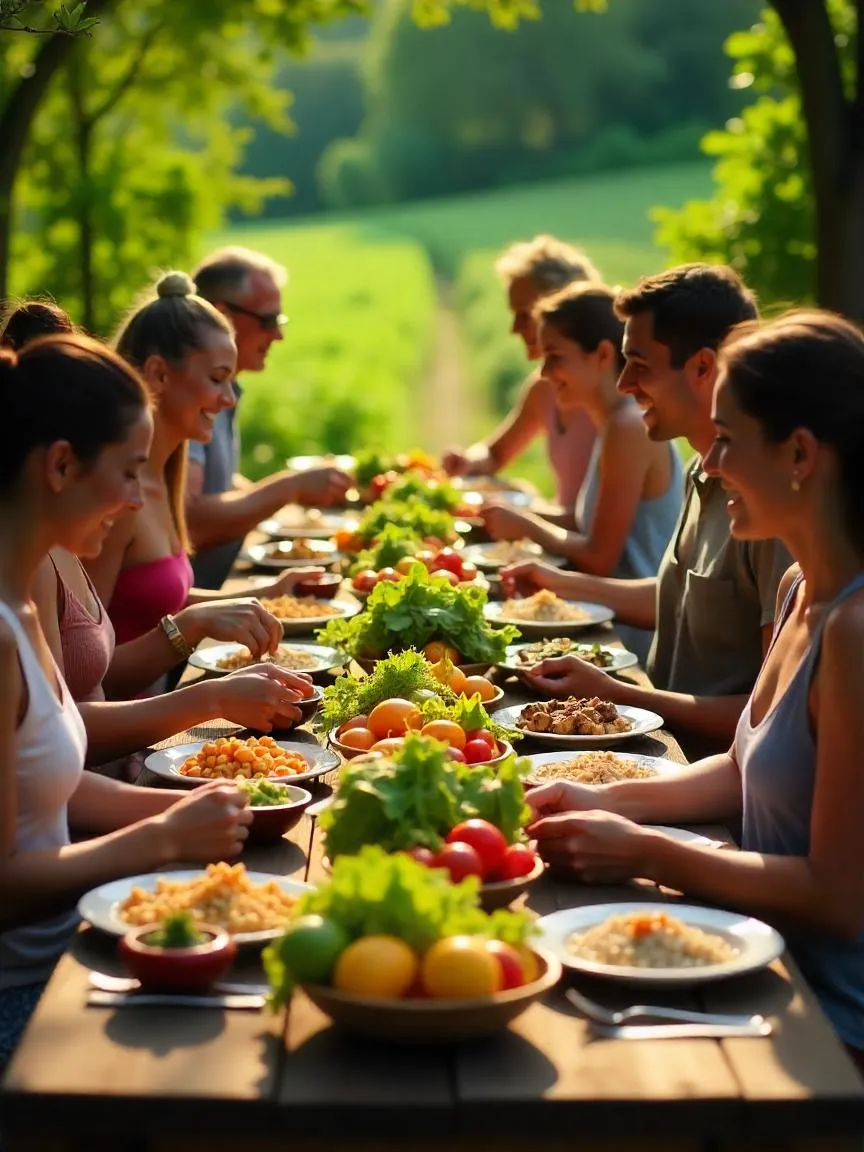



Great post! Spot on about the interconnectedness of food systems and sustainability. The need for systemic change is crucial, not just individual actions, although those are important too.